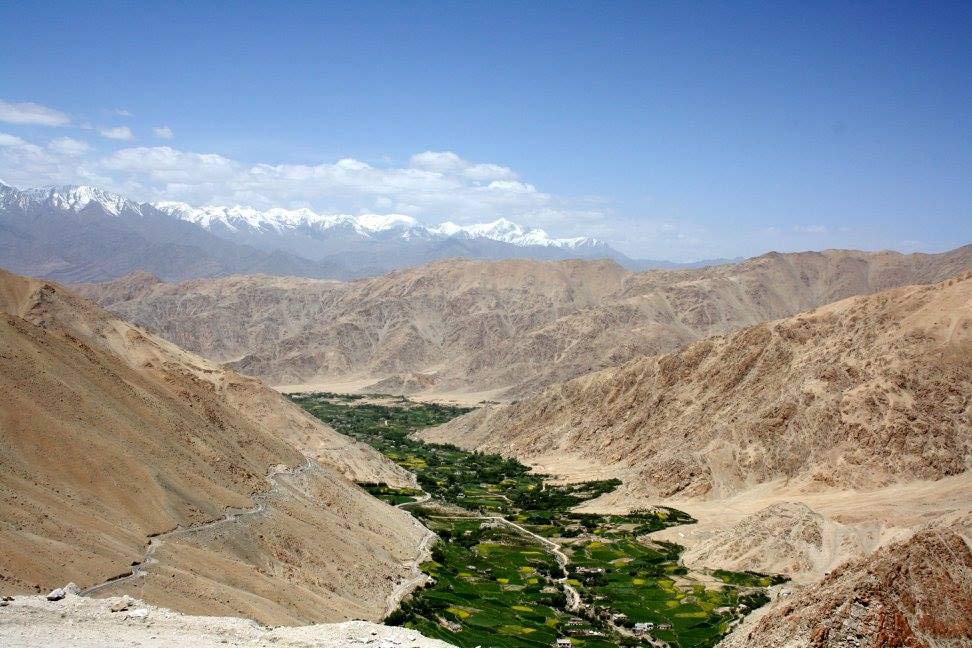We developed the Barometer in 2016 to help pledgers identify, assess, and track action on their restoration commitments. Pledgers assess their efforts using the Barometer reporting protocol, which yields useful snapshots of progress.
The Barometer measures progress based on success factors that create favourable conditions for restoration such as funding and supportive policies; and results and benefits, such as land area brought under restoration, carbon sequestration, biodiversity conservation, and the creation of jobs.
In addition to the reporting protocol, the Barometer will increasingly integrate data from a range of existing and emerging sources, such as biophysical data from restoration mapping initiatives, to build a comprehensive picture of restoration progress.
The Barometer is a powerful and flexible tool. It lessens countries’ reporting burden; Barometer data can be used for reports to the Paris Agreement, the Convention on Biological Diversity (CBD), the Sustainable Development Goals and other global goals.
The Barometer and its reporting protocol can also be applied to any restoration commitment, whether or not it is part of a Bonn Challenge pledge. Countries and organizations can use the Barometer to track progress on climate, land degradation or biodiversity goals.
Read more about the Barometer of Restoration Progress here.
